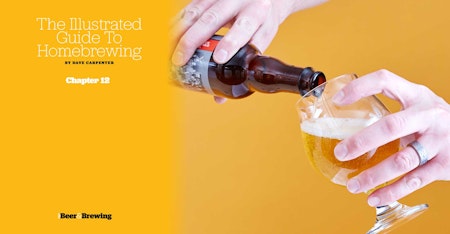I recently visited a craft brewery whose menu featured an imperial IPA. By itself, this is quite unremarkable, but what caught my eye was the beer’s description, which proudly boasted IBUs (International Bitterness Units) in excess of 400. Aside from being more than four times the generally accepted saturation level of alpha acids in beer, such a bitterness level, were it actually achievable under normal brewing conditions, would almost certainly render the beer undrinkable.
The IBU is but one part of speech in the language we use to describe beer. To characterize an ale or lager using IBUs exclusively is akin to summarizing a football game using nothing but nouns. And yet, in the seemingly endless race to outdo one another, brewers cling to the IBU as the benchmark for palate intensity, even when the number itself is meaningless. Bitterness is all well and good, but what use is a sports car that can reach 150 miles per hour if the speed limit is 55 mph?
The IBU was developed as an analytical tool to help brewers discuss bitterness with some degree of consistency at a time when sub-optimal storage practices meant that hops could have lost as much as 80 percent of their alpha acids by the time they reached the kettle. The European Brewery Convention and the American Society of Brewing Chemists settled upon the IBU as a common way of describing alpha-acid concentrations. The IBU was never intended to grace marketing copy, but that’s where we find ourselves today.








